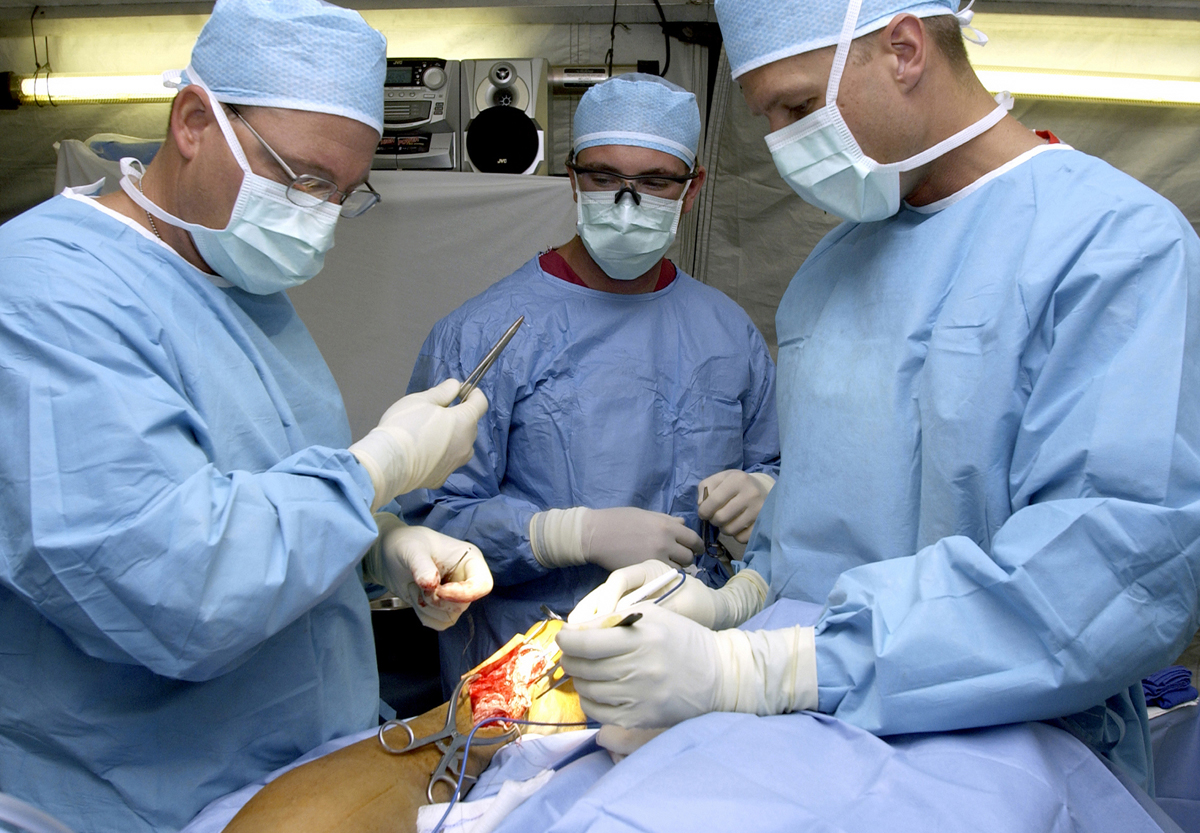
Photo from academic.microsoft.com
case reports show concomitant involvement and/or immunosuppression, including chronic lung disease, diabetes, liver cirrhosis, autoimmune disorders, AIDS, oncological subjects, transplant recipients or those treated with glucocorticoids or immunosuppressants. Lymphatic or… Click to show full abstract
case reports show concomitant involvement and/or immunosuppression, including chronic lung disease, diabetes, liver cirrhosis, autoimmune disorders, AIDS, oncological subjects, transplant recipients or those treated with glucocorticoids or immunosuppressants. Lymphatic or hematogenous dissemination allows this pathogen to reach any organ, and its main virulence factor is resistance to phagocytosis. Traumatic implantation in subcutaneous cellular tissue generates a local inflammatory response with distant ulcerative-necrotizing nodules due to its endotoxins. The most frequent clinical forms are pulmonary (50%), cerebral (35%–40%) and cutaneous (10%–15%) by Nocardia asteroides and brasiliensis. Only in recent decades have cases of farcinica been reported. The patient described did not have any previous related wounds or infections contiguous to the iliopsoas, although his comorbidity would augment any surface contamination. It seems clear that the paraspinal infection was due to post-evacuation iatrogenesis. The delayed and focalized appearance in the neck makes it necessary to consider a mechanism of ascending lymphangitis. This represents 25% of nodular lymphangitis, classic of inoculations in the lower extremities but extremely unusual in solitary and distant propagations, although the lymph node reactivity reinforces this hypothesis. The hematogenous route cannot be justified without fever or systemic disease, which typically affects the CNS, eyes and kidneys. The exudate from surgical exposure provides samples for microbiological isolations. Nocardia is suspected in aerobiosis with Gram-positive staining and acid-alcohol resistance to groups of branched bacteria. This diagnosis is definitive with various cultures (blood agar, Sabouraud dextrose, Löwenstein–Jensen or Thayer– Martin), identifying opaque, dry, faintly orange colonies at 37 8C. Casein, xanthine, hypoxanthine and tyrosine hydrolysis tests confirm the farcinica species, whose antibiotic resistance is especially significant. Sulfonamides continue to be the treatment of choice for 3 months (6 for mycetomas); effective alternatives include amikacin, imipenem, meropenem and third-generation cephalosporins. Linezolid is a good secondline agent for resistance or allergy.
Journal Title: Cirugia espanola
Year Published: 2019
Link to full text (if available)
Share on Social Media: Sign Up to like & get
recommendations!